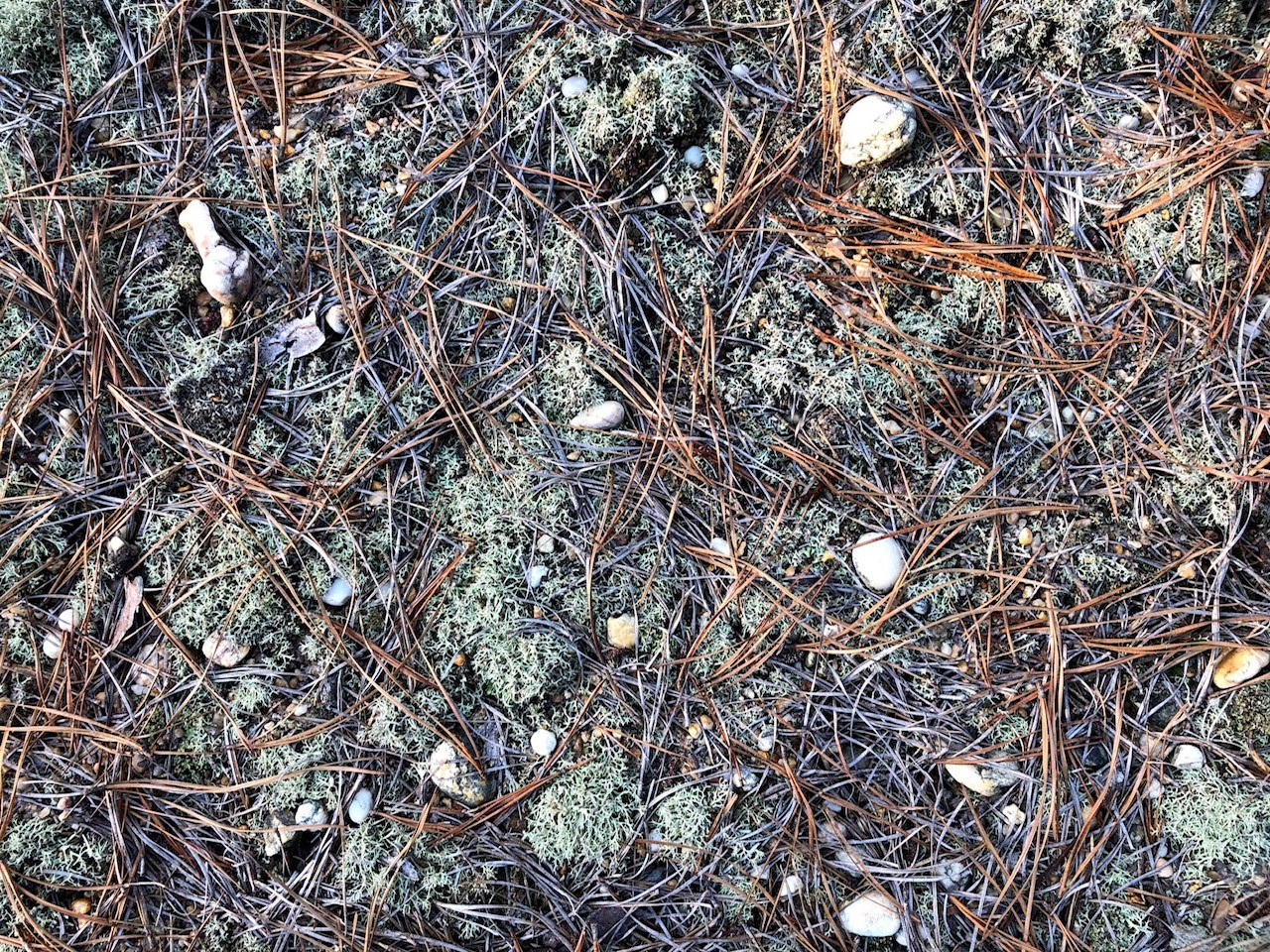Conservation Restriction Releases
Throughout New Jersey, for many decades, conservation restrictions and conservation easements have been used by the State, counties, municipalities, government agencies and nonprofit organizations to preserve land and protect natural resources. Once created, these documents sometimes need to be amended, thereby releasing the conservation restriction or easement from part or all of the restricted property.
Under the New Jersey Conservation Restriction and Historic Preservation Restriction Act, N.J.S.A. 13:8B-1 through -9, the Commissioner of the Department of Environmental Protection has jurisdiction over releases of conservation restrictions, whether or not the Department is a party to the restriction. The FAQs below provide more detail about the Act and the process of obtaining the Commissioner’s approval for a release.


What is the New Jersey Conservation Restriction and Historic Preservation Act?
The New Jersey Conservation Restriction and Historic Preservation Restriction Act, N.J.S.A. 13:8B-1 through -9, is the enabling statute for conservation restrictions in New Jersey. Although conservation restrictions were being used in New Jersey before the Act was enacted in 1979, the Act confirmed the validity and enforceability of conservation restrictions in New Jersey.
What is a conservation restriction?
Under the Act, a conservation restriction is “an interest in land less than fee simple absolute, stated in the form of a right, restriction, easement, covenant, or condition, in any deed, will or other instrument, other than a lease, executed by or on behalf of the owner of the land, appropriate to retaining land or water areas predominantly in their natural, scenic or open or wooded condition, or for conservation of soil or wildlife, or for outdoor recreation or park use, or as suitable habitat for fish or wildlife, to forbid or limit any or all:
(1) Construction or placing of buildings, roads, signs, billboards or other advertising, or other structures on or above the ground;
(2) Dumping or placing of soil or other substance or material as landfill, or dumping or placing of trash, waste or unsightly or offensive materials;
(3) Removal or destruction of trees, shrubs or other vegetation;
(4) Excavation, dredging or removal of loam, peat; gravel, soil, rock or other mineral substance;
(5) Surface use except for purposes permitting the land or water area to remain predominantly in its natural condition;
(6) Activities detrimental to drainage, flood control, water conservation, erosion control or soil conservation, or fish and wildlife habitat preservation;
(7) Other acts or uses detrimental to the retention of land or water areas according to the purposes of this act.”
Statutory Citation: N.J.S.A. 13:8B-2
Is a conservation restriction the same as a conservation easement?
The Act uses and defines the term “conservation restriction”, not “conservation easement.” However, documents captioned as conservation easements generally qualify as conservation restrictions under that definition (if they are held by one of the eligible entities listed in the Act).
Statutory Citation: N.J.S.A. 13:8B-2 and -3
Who can hold a conservation restriction in New Jersey?
The Act, and the protections it provides, apply to conservation restrictions held by:
- The New Jersey Department of Environmental Protection, in the name of the State of New Jersey
- A county, municipality or other political subdivision of the State of New Jersey
- A charitable conservancy (defined by the Act as a tax exempt 501(c) corporation or organization whose purposes include the acquisition and preservation of land and water areas in a natural, scenic or open condition).
The enforceability of conservation easements granted to other entities, such as deed restrictions imposed by developers on themselves as a condition of a subdivision approval, is governed by New Jersey common law.
Statutory Citation: N.J.S.A. 13:8B-3 and -4
Can a conservation restriction be amended or released?
The Act does not refer to amendments, but requires the approval of the DEP Commissioner for a release of a conservation restriction (whether the release is a full release or a partial release).
Based on its longstanding interpretation of the Act, the Department considers the following to constitute a “release” under the Act:
- The removal of a conservation restriction from an area currently covered by the conservation restriction.
- The amendment of a conservation restriction in a manner that significantly reduces the protections afforded to the property by the restriction, even if the conservation restriction is not removed from any portion of the property.
Amendments to a conservation restriction that strengthen, or do not alter, its protections are not considered a release.
As a general proposition, the ability to amend a conservation restriction or a conservation easement may depend on whether the explicit terms of the document allow it to be amended.
Statutory Citation: N.J.S.A. 13:1B-5 and -6
Is compensation or mitigation required to release a conservation restriction?
Under the Act, a conservation restriction may be released, in whole or in part, “for such consideration, if any, as the holder may determine in the same manner as the holder may dispose of other interests in land, subject to such conditions as may have been imposed at the time of creation of the restriction”. N.J.S.A. 13:8B-5
Based on this statutory language, the holder of the conservation restriction should take the lead in negotiating the consideration it determines to be appropriate for a release request. However, the final consideration, including compensation or mitigation, may depend on other factors, such as the source of funding (for a purchased restriction), donor restrictions (for a donated restriction) or other terms and conditions imposed by a third party who required the restriction to be created (for restrictions created as a condition of a permit, regulation, subdivision approval or other approval). In particular, the release of a restriction on a Green Acres encumbered property may trigger the requirement to apply for a Green Acres diversion or disposal under the application process at N.J.A.C. 7:36-26.10.
What is the process for obtaining the Commissioner's approval of a conservation restriction release?
For conservation restrictions held by entities other than the NJDEP, the holder of the conservation restriction should evaluate the release request under its own administrative review procedures and make an initial determination about whether to grant the release request (including an initial determination about any consideration to be paid by the requestor for the proposed release). The holder should then conduct the public hearing required by N.J.S.A. 13:8B-5, after providing the public notice of the hearing required by that section of the Act.
After conducting the public hearing, the conservation restriction holder should make a determination about whether to seek the NJDEP Commissioner’s approval of the proposed release under N.J.S.A. 13:8B-6. The process of obtaining the Commissioner’s approval can be initiated by submitting the Conservation Restriction Release Request form located at the bottom of this page.
At its option, the holder of the conservation restriction may initiate NJDEP review of the proposed release earlier in the negotiation process, prior to conducting the public hearing. Since the Commissioner has an oversight role in the release, restriction holders are encouraged to consult the NJDEP as early in the negotiation process as possible.
For conservation restrictions held by the NJDEP, the party seeking the release of the conservation restriction should submit the Conservation Restriction Release Request form located at the bottom of this page to initiate the NJDEP’s review of the request. However, if the conservation restriction was created as a condition of an agency in, or “in but not of” the NJDEP, such as the Delaware and Raritan Canal Commission or the Pinelands Commission, the party seeking a release should contact that agency before submitting the request for release to the NJDEP. In some cases, it may also be necessary to submit a Request for Use of NJDEP Property for the NJDEP to fully evaluate the release request. In addition, if the NJDEP agrees to the requested release, it may be necessary to modify the permit, easement and/or restriction that is the subject of the release.
What about historic preservation restrictions?
The Act governs both conservation restrictions and historic preservation restrictions. However, this FAQ and the release process described on this page only pertain to conservation restrictions. Questions about the release of historic preservation restrictions should be directed to the State Historic Preservation Office (SHPO).
To submit a request for the Commissioner’s approval of a conservation restriction release, please fill out and submit this form:
For further information, please contact:
Public Land Compliance Section
Office of Transactions and Public Land Administration